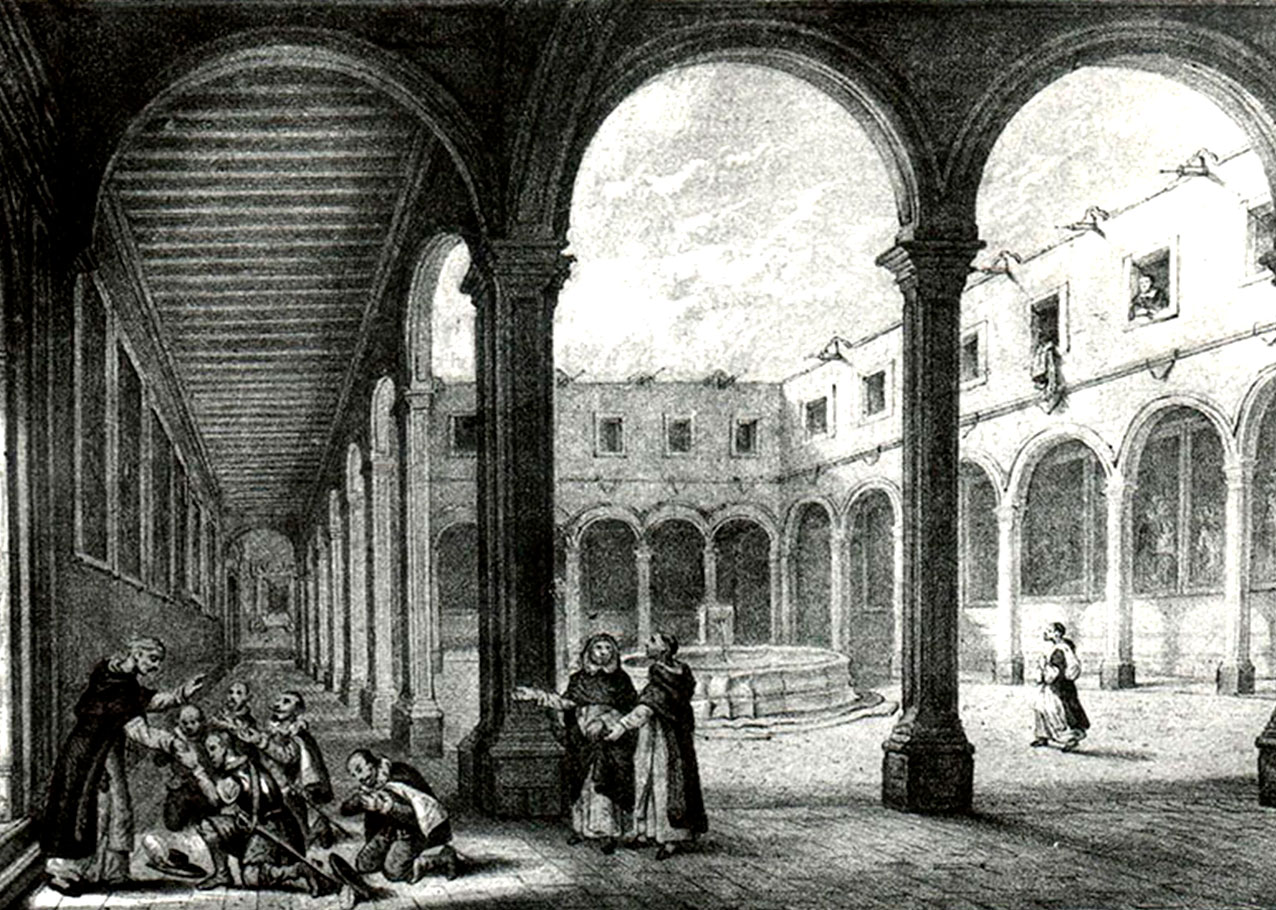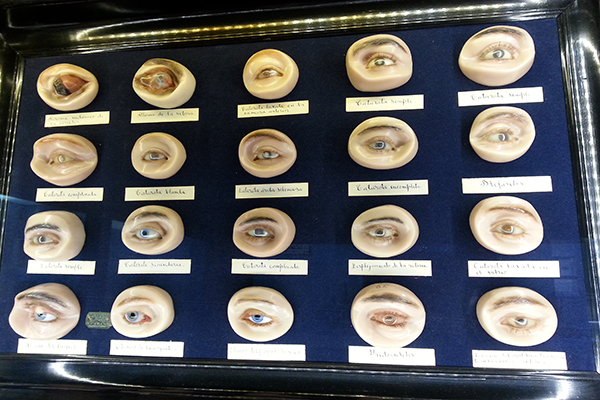Museum of Mexican Medicine
With 170 museums, Mexico City ranks second among the cities with the most museums, below London. While it also houses the largest museum in Latin America (Museum of Anthropology and History). On this occasion, visit one of the most important museums in the history of the city.
History
 The project and execution of the Old Palace of the Inquisition were entrusted to the architect Pedro de Arrieta, Senior Master of the Material Works of the Holy Office. The building was the seat of the Tribunal of the Holy Office for 84 years, until the court was definitively closed in 1820.
The project and execution of the Old Palace of the Inquisition were entrusted to the architect Pedro de Arrieta, Senior Master of the Material Works of the Holy Office. The building was the seat of the Tribunal of the Holy Office for 84 years, until the court was definitively closed in 1820.
After several years of neglect and disuse, in 1838, the Palace was publicly auctioned, but nobody bought it; the legends and myths surrounding the Inquisition scared off potential buyers. For almost a hundred years, medical and nursing lessons were taught at the Palace, including a boarding school for students, and the chapel became the Academy of Medicine, where graduate doctors swore the Hippocratic oath.
Finally, in 1956, the School of Medicine moved to the University City of the UNAM and great restoration works were started in the Palace to recover the damage that the years of intense use had caused. The restoration was completed in 1980 and on December 22 of that same year the Museum of Mexican Medicine was inaugurated.
Mission and View
The mission of the "Enclosure of the Palace of the School of Medicine", dependent on the Faculty of Medicine, is to promote the dissemination of culture and Medical Sciences through its activities as a museum space and as a space for generating artistic activities . The Palace encourages young through its temporary exhibitions that privilege the link between art and medicine.
Its vision is to be an obligatory reference within the enclosures of the Historic Center promoting the dissemination of culture, art and Medical Sciences. Constitute itself as one of the best museum spaces for the dissemination of Medical Sciences.
Permanent Rooms
Anatomy Room
The anatomy room seeks to account for the complex relationship that has occurred between doctors, surgeons and the body in the 18th and 19th centuries. Anatomy, under the gaze of medicine, is a practice that has to do with the hands and the five senses.
Drugstore
This room recreates the apothecary founded by Dr. Manuel Esesarte, in the city of Oaxaca, in 1885. This space is one of the most complete in its category, since it not only consists of the setting of the room, but also shows the various utensils and tools used in apothecary practice.
Wax Room
Throughout the 19th century, dermatological lesions were the subject of detailed studies. At that time, the teaching given in medical schools was basically theoretical. It was very difficult to study directly in the patients, apart from being dangerous due to the risk of contagion. That is why they used wax models that, with amazing fidelity and precision, served to show students the characteristics of these pathologies.
In this exhibition, the history of plastic surgery as a medical specialty is shown. It covers from its beginnings in Italy, during the 16th century, to the present day.
The Embryology Room illustrates the mystery of life. Embryos and fetuses rest like no other in Latin America.
Herbalism Room
Mexico, due to its geographical location and its favorable climates, has been distinguished worldwide for being one of the territories with the greatest diversity in flora.
Histology Room
The progress of histology, as a science that studies the tissues of the body using the microscope as an essential tool, has been slow and winding until the 19th century.
Pre-Hispanic Medicine
Pre-Hispanic medicine is a complex universe that requires getting closer to the Mesoamerican worldview to understand the causes of ills and the ways of healing. Within the pre-Hispanic vision of complementary opposites: earth-sky, cold-heat, day-night, feminine-masculine, life-death, there is the health-disease dichotomy.
Ophthalmology Room
Ophthalmology is the medical discipline that is responsible for the study of the eye, vision, its alterations or pathologies and its treatments. It was one of the first medical specialties that was formally organized in the world.
Otorhinolaryngology Room
Otorhinolaryngology and head and neck surgery is the medical specialty that deals with the study, treatment and rehabilitation of diseases of the ear, nose, sinuses, pharynx, larynx and neck.
This room presents instruments and equipment used in clinical exploration and in the surgical procedures used by the pioneers of the specialty.
Viceroyalty Gallery
The Pinacoteca consists of a portrait gallery and a collection of religious paintings from the viceregal period. These works are part of the artistic heritage of the National Autonomous University of Mexico and the National History Museum of the National Institute of Anthropology and History.
The Palace on other walls
The Palace of the School of Medicine has had a presence outside its walls, holding temporary exhibitions in other venues and collaborating with other institutions through the loan of pieces from its collection.
Upon entering this museum, one again understands that he knows very little about his own body, the most complex of machines. It also explicitly reminds us that disease, death, and decay are always latent.
If you live in Mexico City and want to visit a museum on the weekend, this is a very good option for you!













